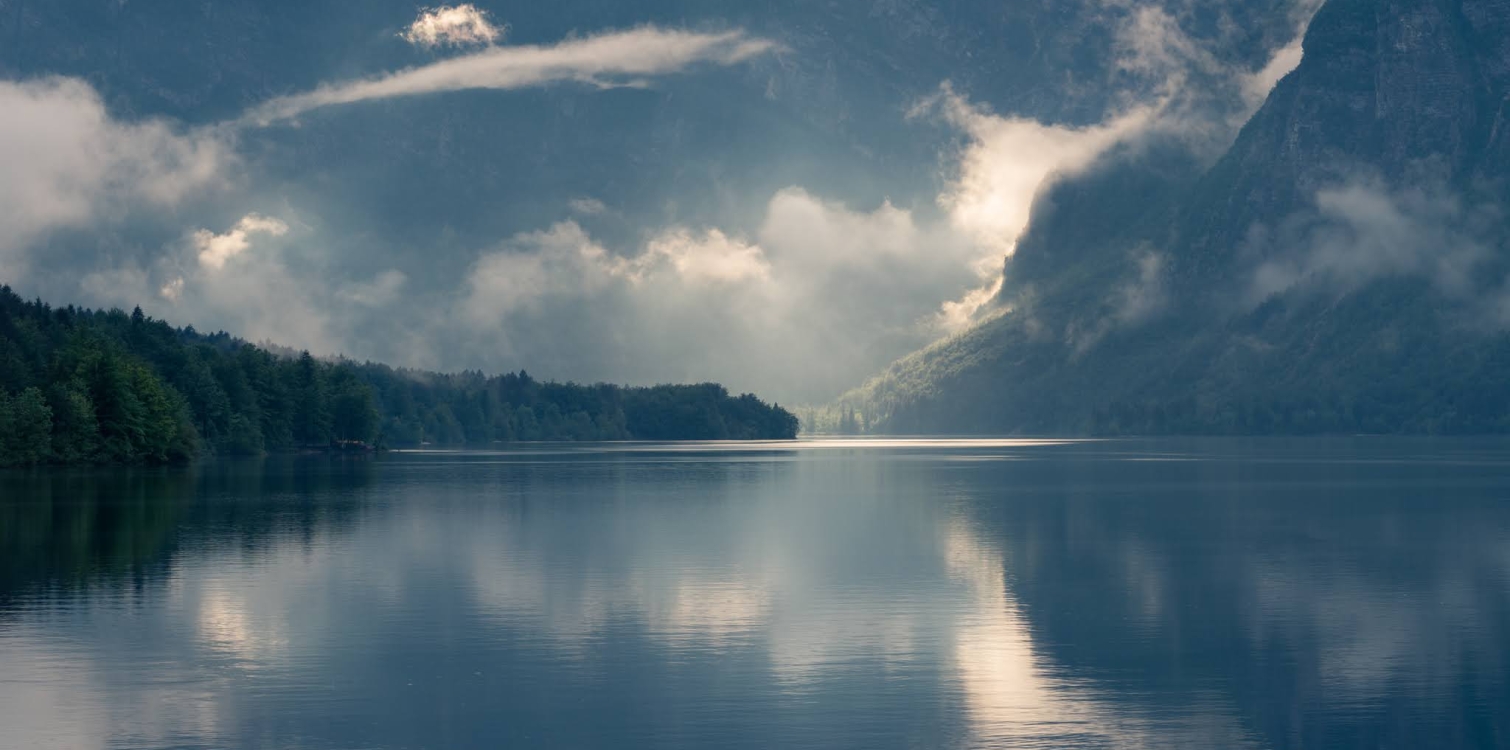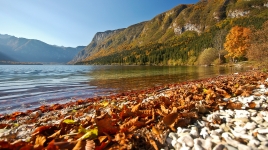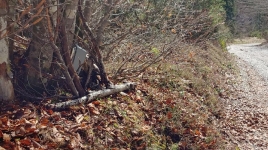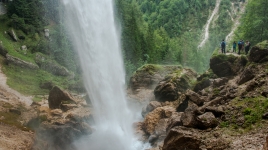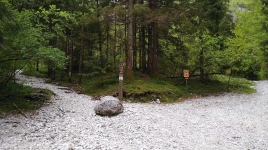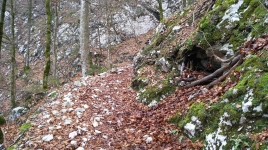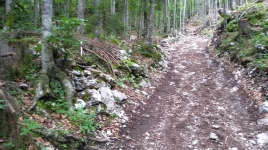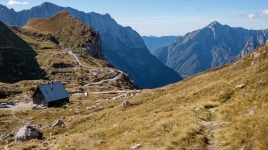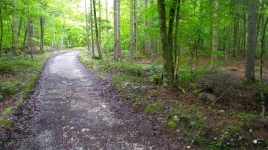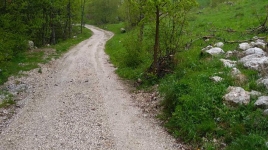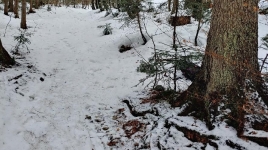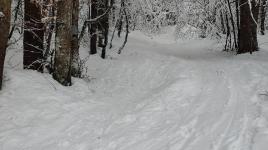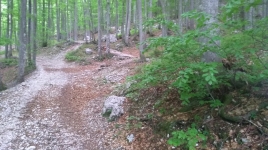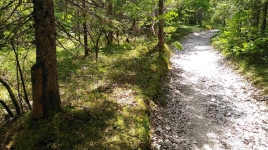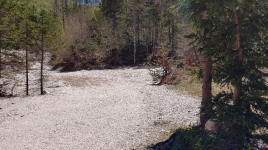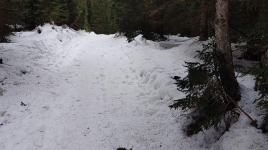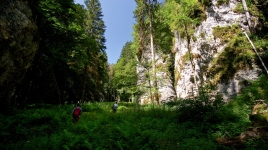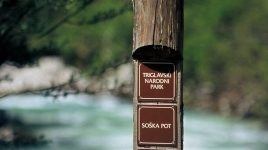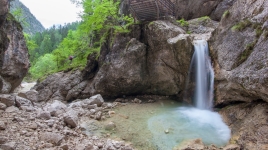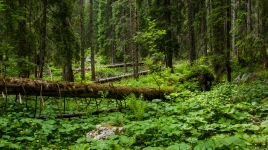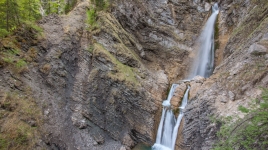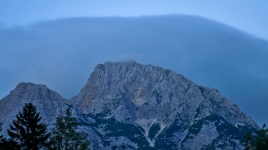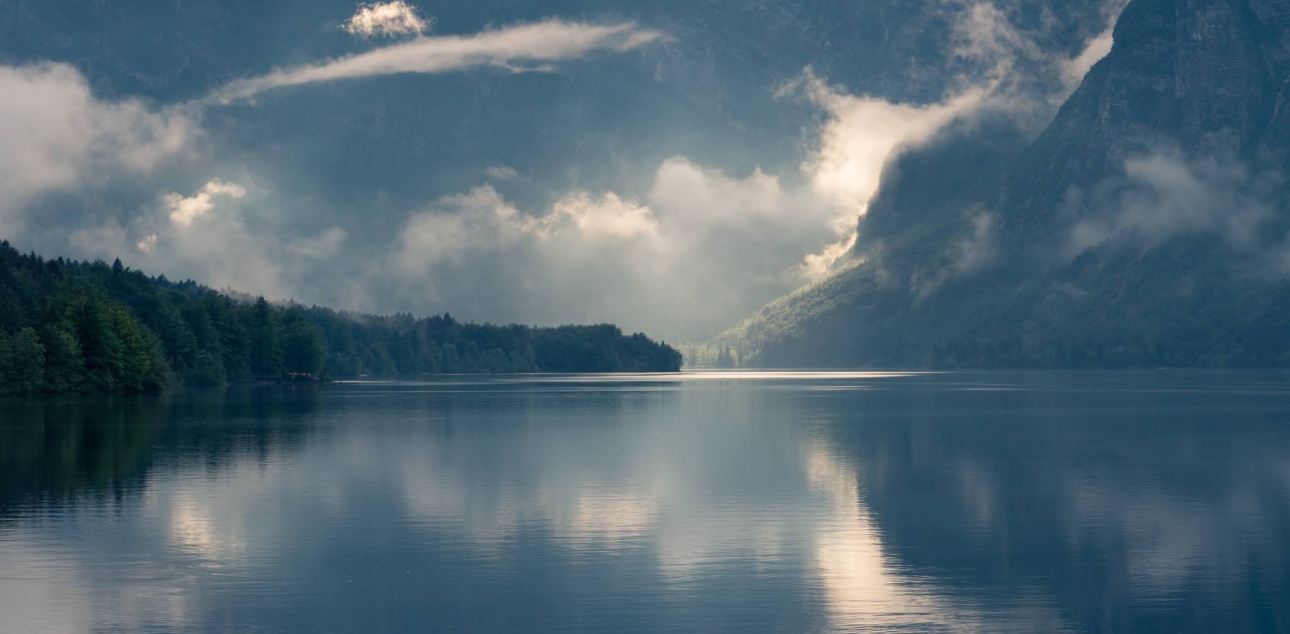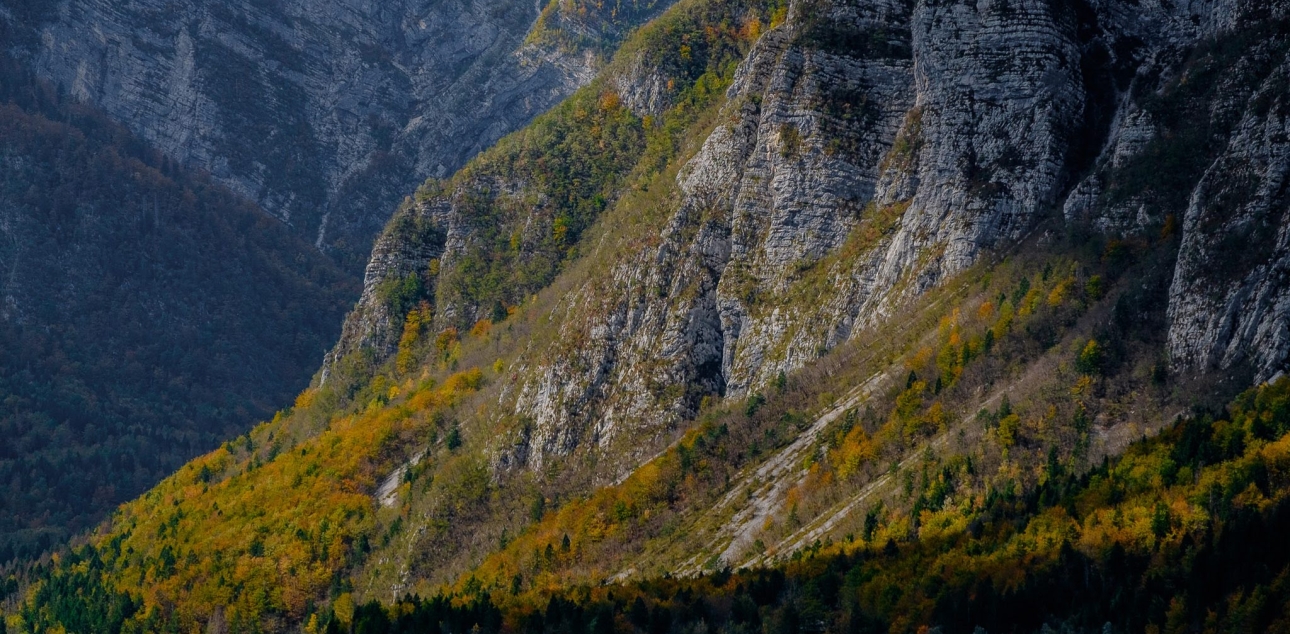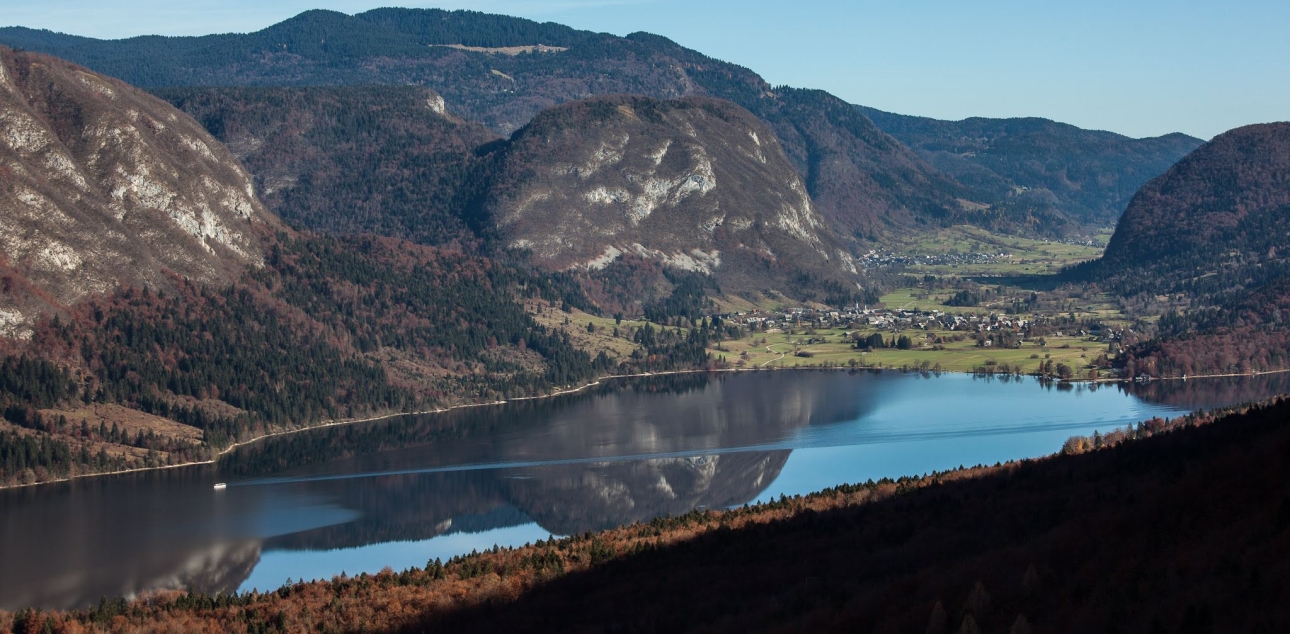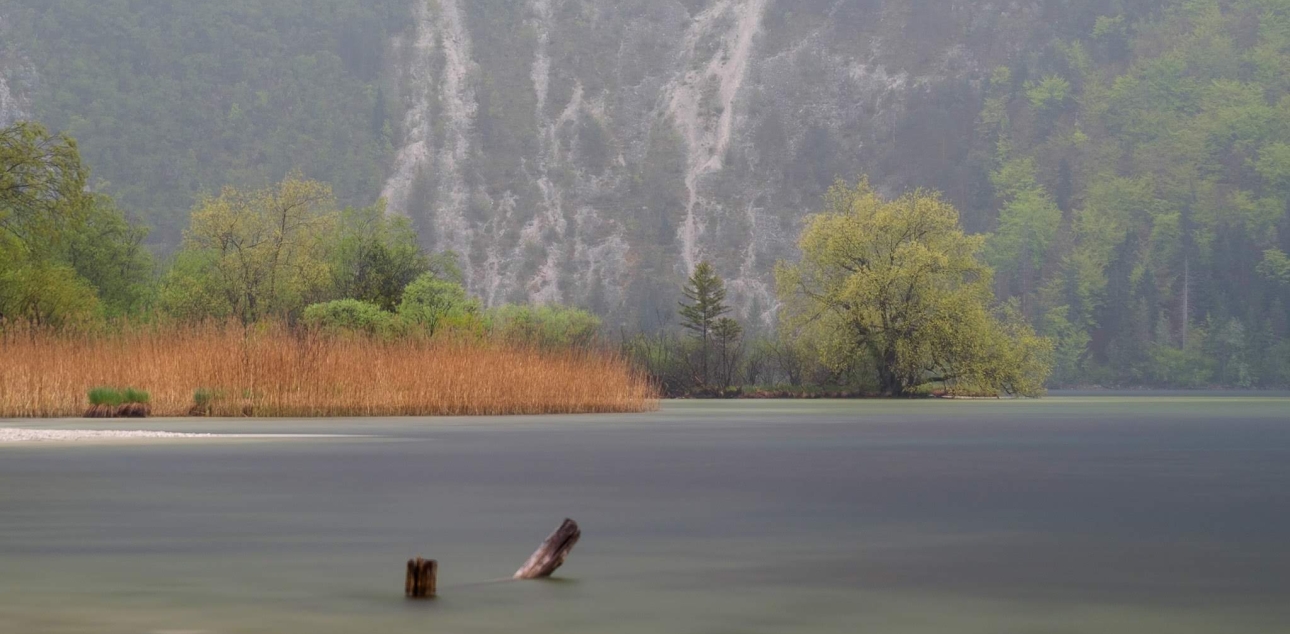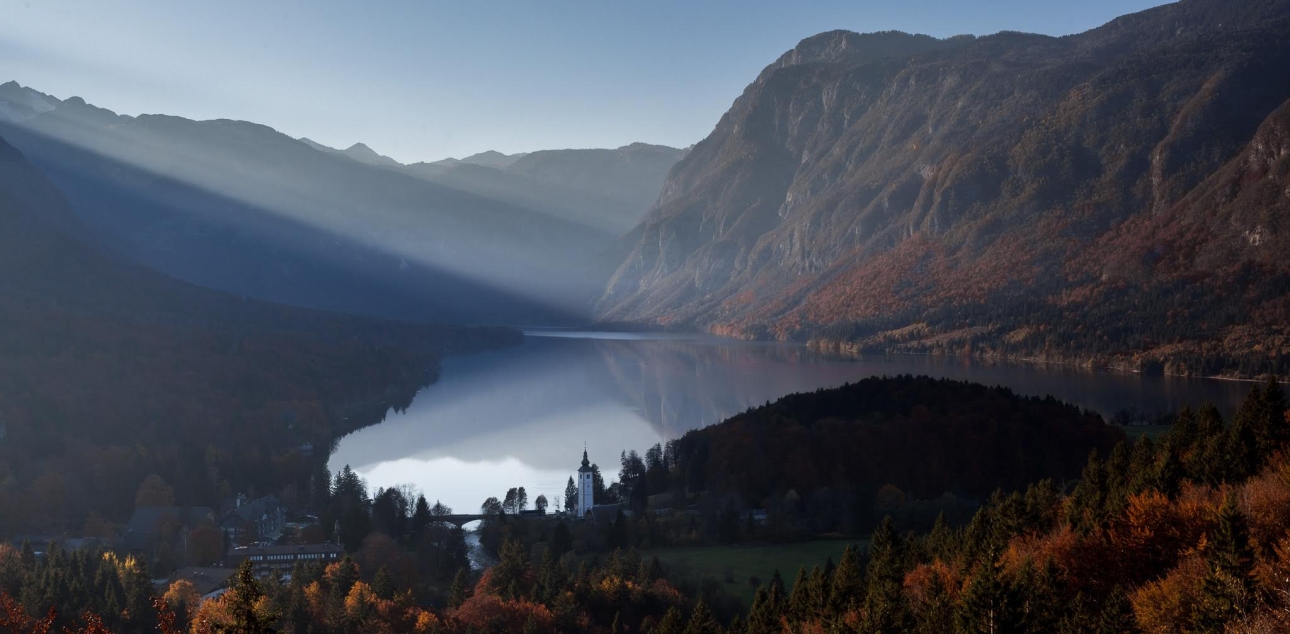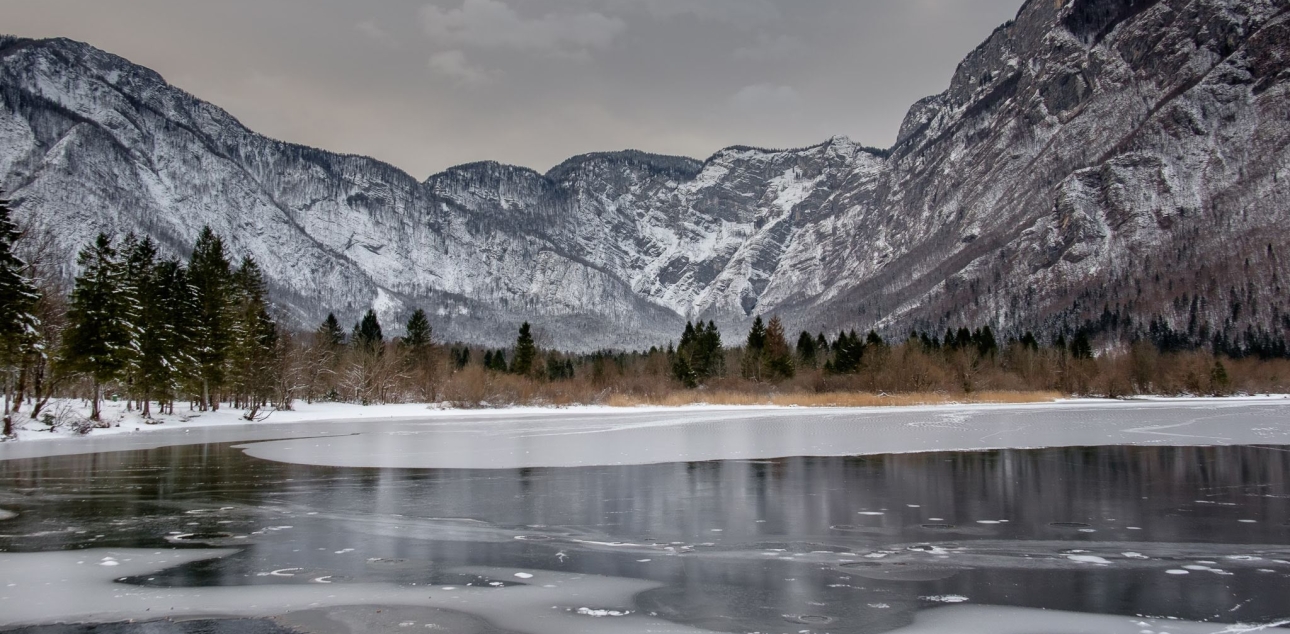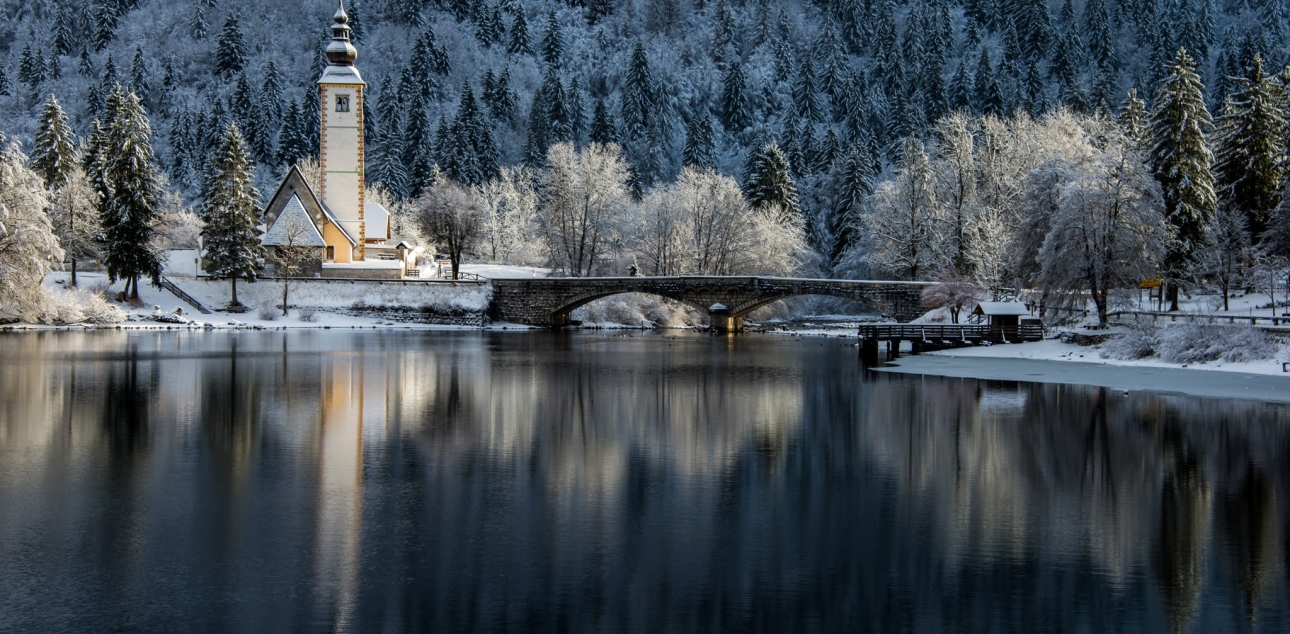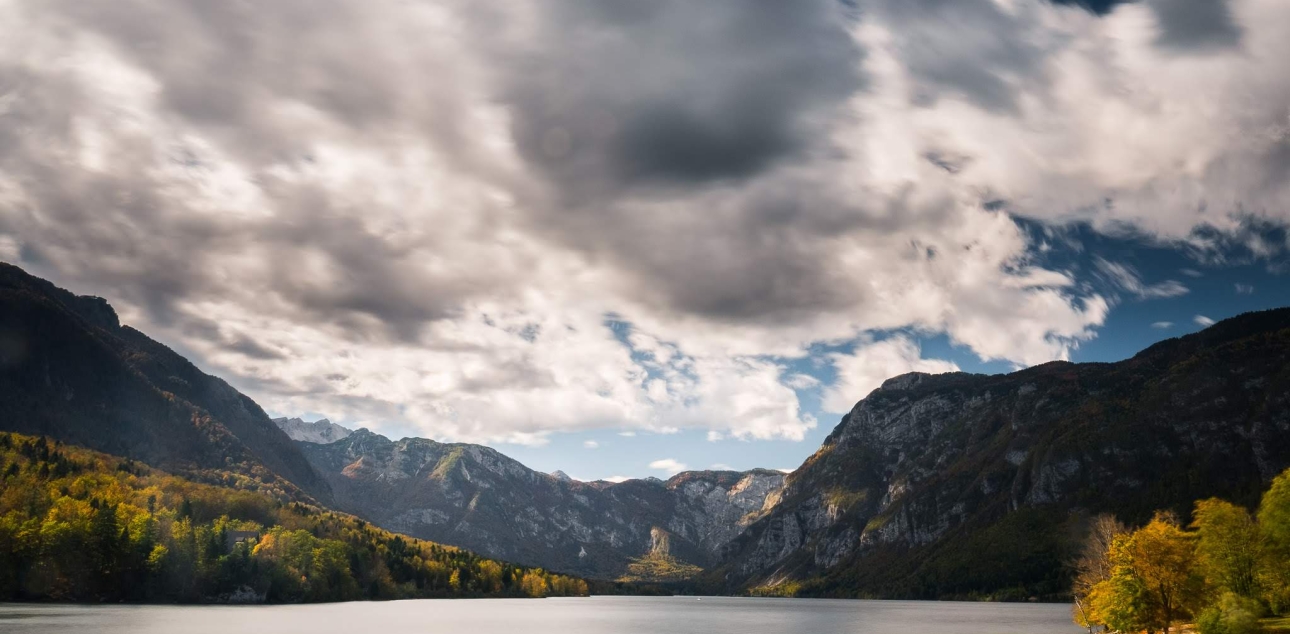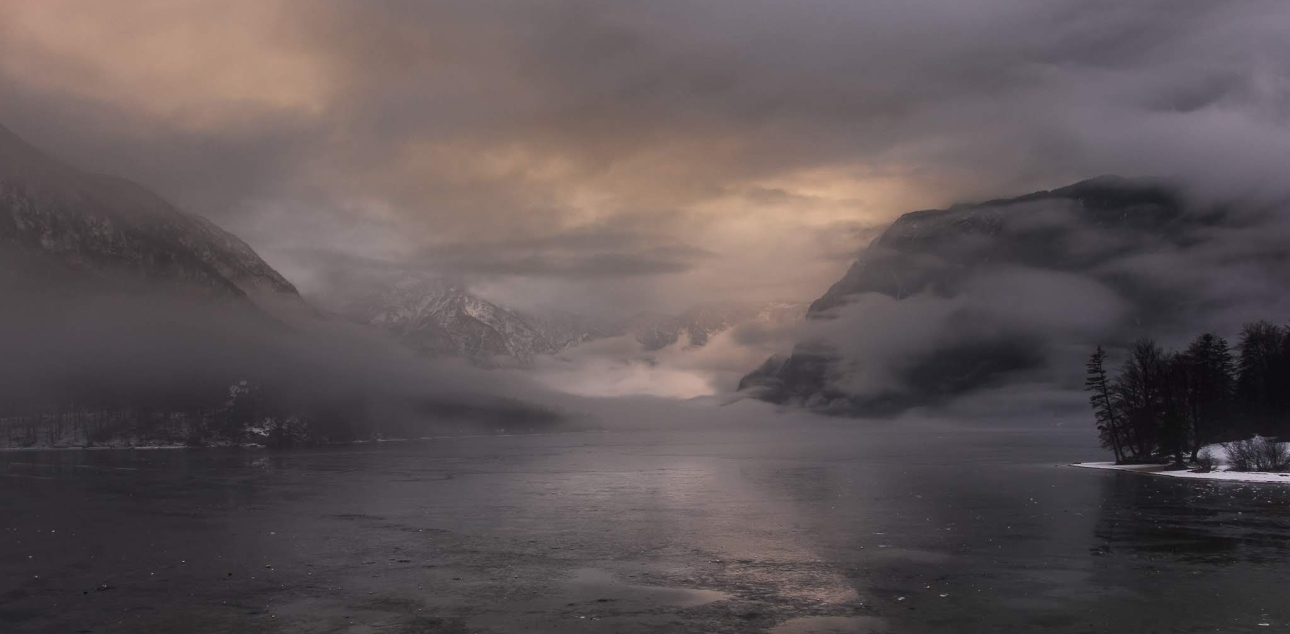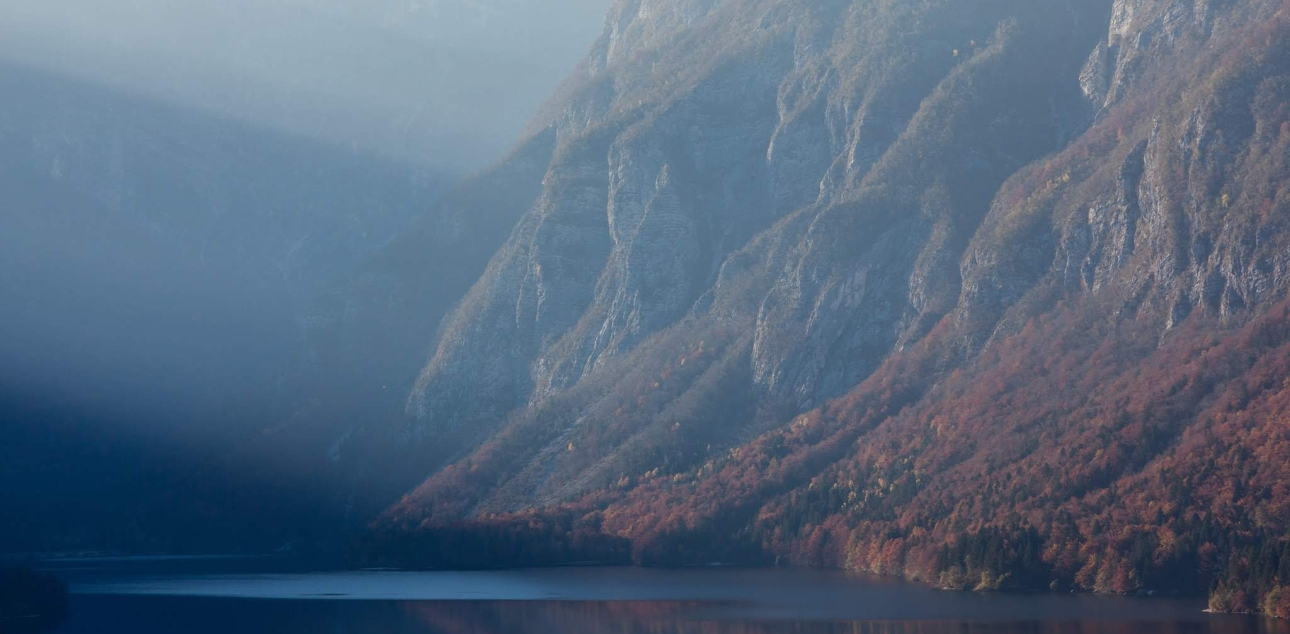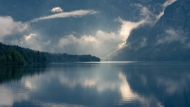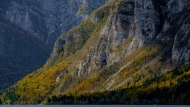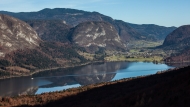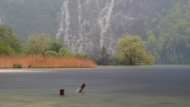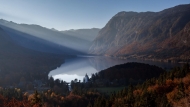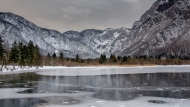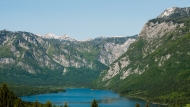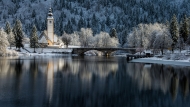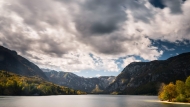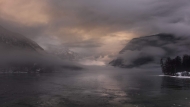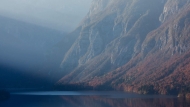You can reach this point by public transport. Your station is Ribčev Laz.
Find out more about sustainable mobility in the park and beyond.
Data from visitor counters in the park

 Summer location / automatic station
Summer location / automatic station
 Winter location / automatic station
Winter location / automatic station
 Year-round location / automatic station
Year-round location / automatic stationLake Bohinj, the largest natural permanent lake in the Triglav National Park and in Slovenia, is of tectonic origin. The canyon in which it lies was formed by the Bohinj glacier. The main tributary of the lake is the Savica, which collects water in the Triglav Lakes Valley. The lake changes water three times a year. The outlet of the lake is called Jezernica and is one of the shortest rivers in Slovenia. After its confluence with the Mostnica River, it is renamed the Sava Bohinjka.
The Church of Janez Krstnik is the most recognisable symbol of Bohinj. It was built before 1300 and is the richest building in Bohinj in terms of style.
The Govic waterfall occasionally erupts over the northern shore of the lake after heavy and prolonged rainfall. The water rises vertically up the cave and falls into the stream below the wall. The path is then impassable. The entrance to the cave is only a few metres wide, and a tubular passage runs diagonally down to an underground lake, the level of which fluctuates greatly. The waterfall is usually only visible for a few hours.
Guided tours:
- by prior arrangement
Tourism Bohinj:
- Phone: 04 5747 590,
- Email: info@bohinj.si
TNP Bohinj Centre:
- Phone: 04 5780 245,
- Email: info.bohinjka@tnp.gov.si
Additional information
Difficulty of the route:
- easy but long route
Points of interest along the way:
- Monument to the Four Men of the Heart in Ribčev Laz, model of Triglav, statue of Zlatorog, Church of the Holy Spirit, Ukanc settlement, military cemetery in Ukanc, Zlatorog's Fairyland, the mouth of the Savica River into the lake, pastures and meadows, the Pršivec Spur, the dry riverbed of the Govica River, numerous bays, the Church of St. John the Baptist, the Jezernica River.
Suitable time of year:
- all year round
Payability of the visit:
- free of charge
Guest houses and mountain huts:
- restaurants, pizzerias and snack bars in Ribčev Laz or Ukanc
Recommendations:
-
suitable hiking footwear
-
the path is not passable after prolonged rain.
- Part of the trail is on a road for motorised traffic.
- Families with children are recommended to visit the approximately 2 km long circular trail Zlatorog's Fairytale Land in Ukanc.
- Part of the route along the southern shore of the lake can be done by bus or boat.
Route manager:
- Tourism Bohinj

